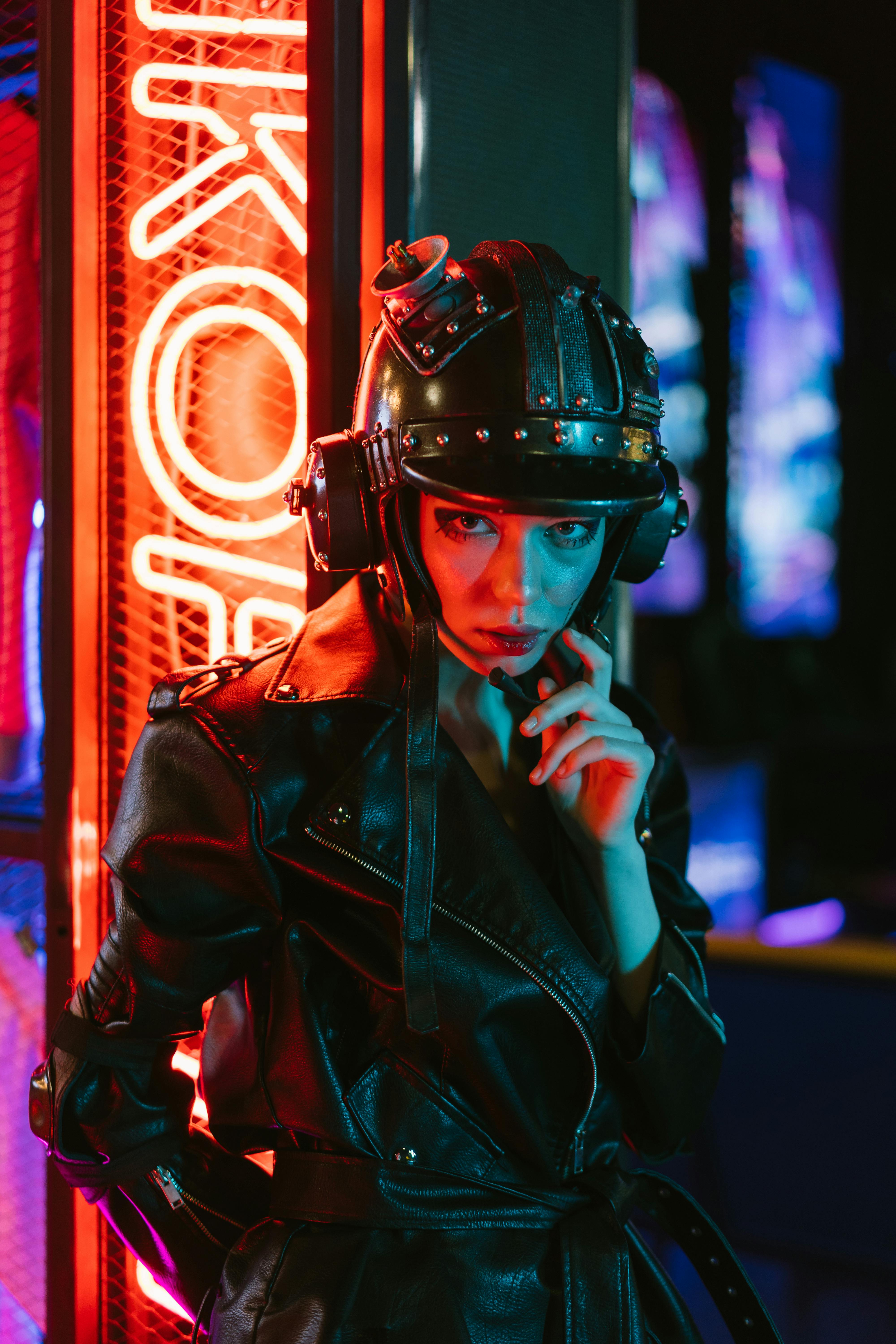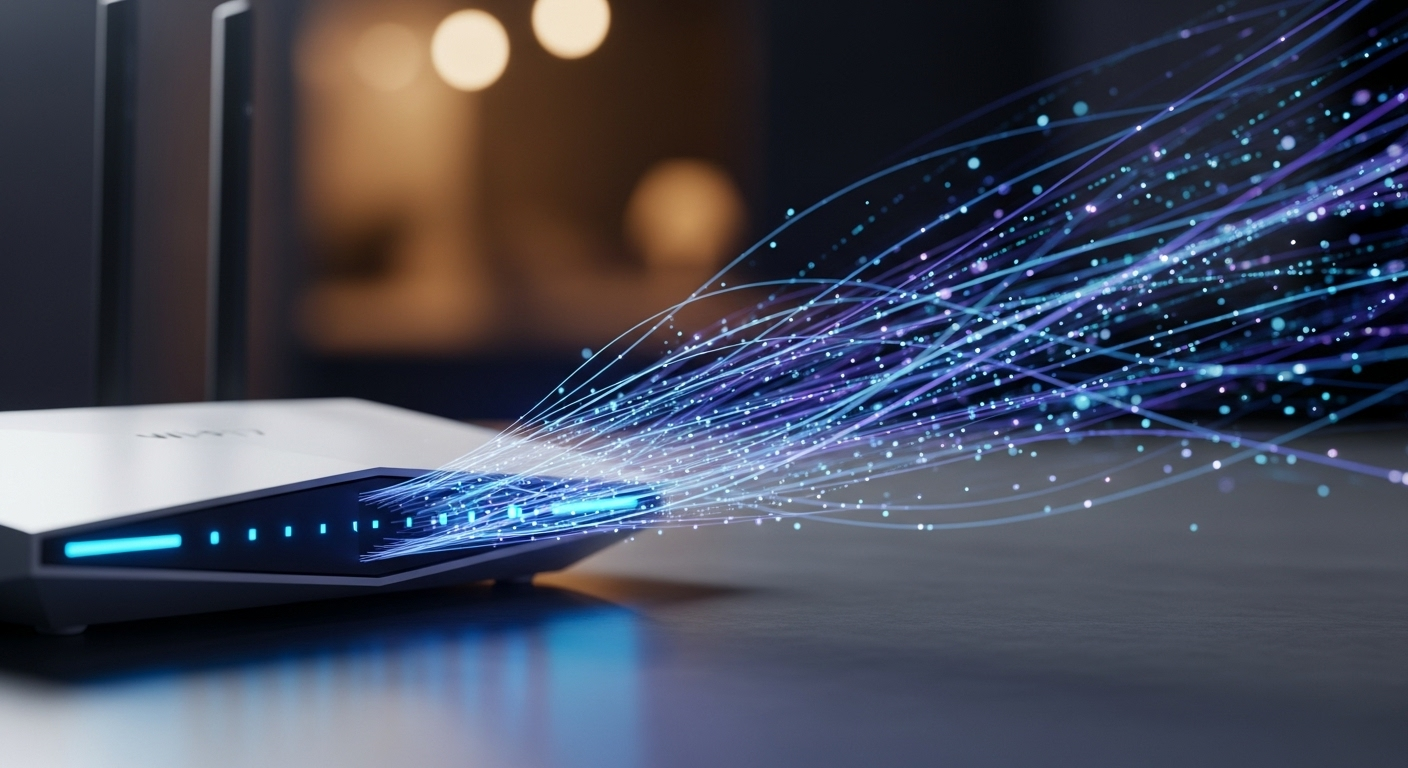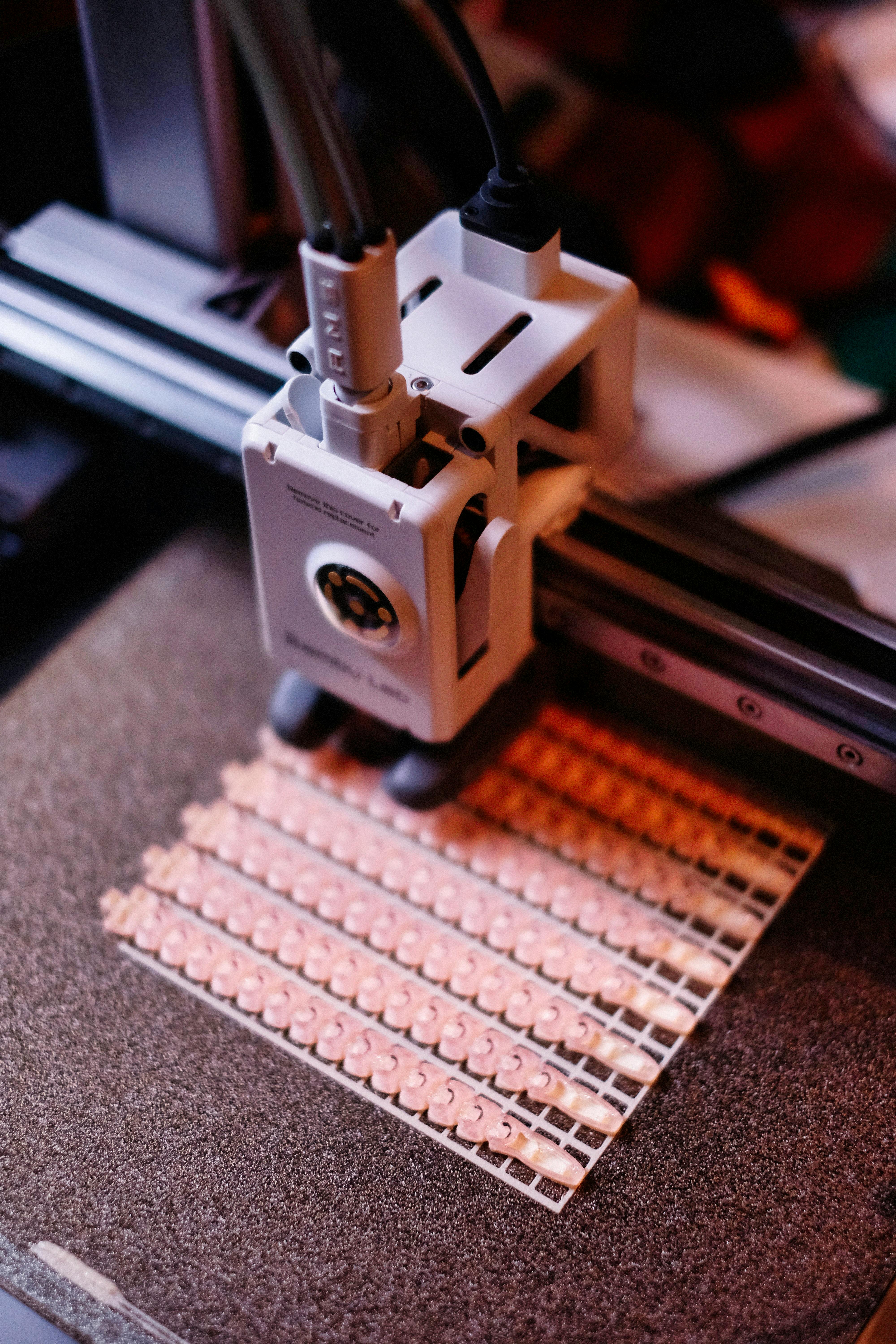Neon Nostalgia: The Retro-Futuristic Aesthetic Revival
In a world saturated with digital technology and sleek minimalism, a vibrant aesthetic movement is gaining momentum. Neon nostalgia, a retro-futuristic blend of 1980s excess and cyberpunk edge, is lighting up the creative landscape. This resurgence of neon-infused art, fashion, and design is captivating audiences across multiple industries, from film and television to graphic design and architecture. As artists and creators embrace this bold, colorful style, we explore the origins, current trends, and cultural significance of this eye-catching phenomenon.

The Digital Age Rekindles the Flame
As we entered the 21st century, a wave of nostalgia for the aesthetics of the 1980s began to build. This longing for a seemingly simpler time coincided with rapid technological advancements, creating a perfect storm for the revival of retro-futuristic design. The rise of social media platforms and digital art tools allowed creators to easily produce and share works inspired by this aesthetic, fueling its popularity and reach.
Neon Nostalgia in Contemporary Visual Arts
Today, neon nostalgia has found a home in various forms of visual art. Digital artists are creating stunning landscapes that blend retrofuturistic cityscapes with ethereal, neon-hued skies. These works often incorporate elements of vaporwave, another nostalgic aesthetic movement, resulting in dreamlike compositions that evoke both past and future. In the realm of physical art, neon light installations have become increasingly popular in galleries and public spaces, with artists using the medium to create immersive, thought-provoking experiences.
Fashion and Design Embrace the Glow
The fashion industry has enthusiastically adopted neon nostalgia, with designers incorporating bold colors, metallic fabrics, and retro-futuristic silhouettes into their collections. From high-end runway shows to streetwear brands, the influence of this aesthetic is undeniable. In interior design, neon lighting fixtures and bold, geometric patterns are making a comeback, allowing individuals to bring a touch of retro-futuristic flair into their homes and workspaces.
The Cultural Impact of Neon Nostalgia
The resurgence of neon nostalgia is more than just a visual trend; it reflects broader cultural shifts and desires. In an era of uncertainty and rapid change, this aesthetic offers a comforting blend of familiarity and futurism. It allows people to indulge in nostalgia for a romanticized past while simultaneously embracing the excitement of technological progress. This duality has made neon nostalgia particularly appealing to millennials and Gen Z, who are navigating a world that often feels both hyper-connected and deeply alienating.
Critiques and Controversies
While neon nostalgia has gained widespread popularity, it has not been without its critics. Some argue that the aesthetic romanticizes a period of excess and environmental disregard, potentially distracting from contemporary issues. Others contend that the movement’s focus on a specific vision of the 1980s excludes diverse perspectives and experiences. These critiques have sparked important discussions about representation and responsibility within the creative community.
The Future of Neon Nostalgia
As with any aesthetic movement, the longevity of neon nostalgia remains to be seen. However, its influence on contemporary culture is undeniable. The style has already begun to evolve, with artists and designers finding new ways to incorporate its elements into their work. Some are blending neon nostalgia with other aesthetic movements, creating hybrid styles that push the boundaries of visual art and design.
Conclusion
Neon nostalgia represents more than just a fleeting trend in the arts and entertainment industry. It is a complex cultural phenomenon that reflects our collective desires, anxieties, and hopes for the future. As we continue to grapple with rapid technological advancement and societal change, this retro-futuristic aesthetic offers a unique lens through which to view our past, present, and future. Whether it fades like the glow of a neon sign or continues to evolve and inspire, neon nostalgia has already left an indelible mark on our cultural landscape, illuminating the intersection of memory, creativity, and technological progress.





